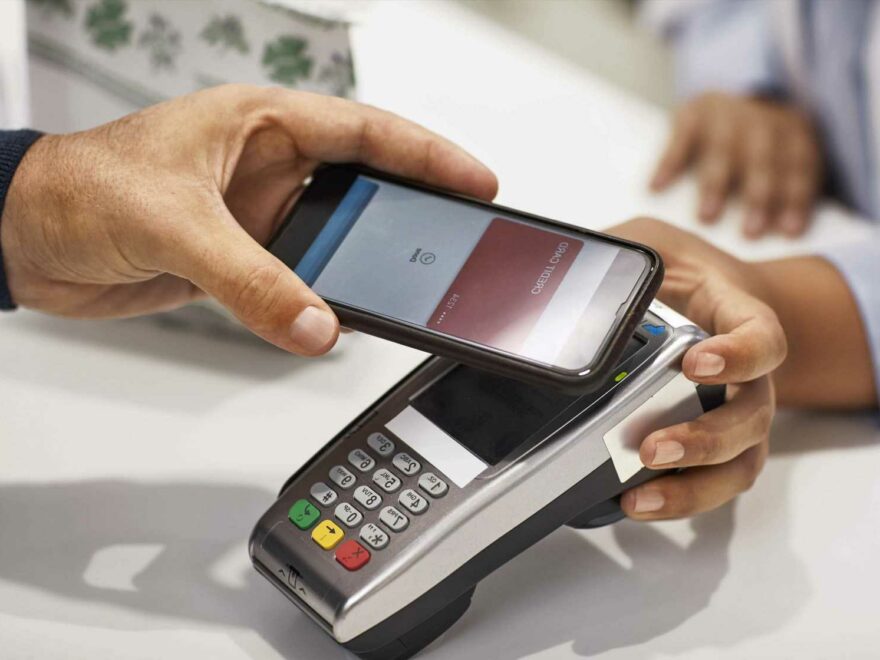CONTACTLESS payment transactions have boomed in the pandemic, prompting an increase in the amount you can spend by tapping your card.
Whether it’s a sandwich at lunch or a round at the pub, contactless is often the most convenient way of paying and it has become even easier now that the spending limit has increased.
Banks have a limit on how much you can spend using contactless for one transaction to stop a thief going on a shopping spree if your card is lost or stolen.
During the Covid-19 pandemic, contactless payments have become even more popular as many shops, pubs and restaurants have gone paper-free for public health reasons.
The pandemic led to the government increasing the limit on how much consumers can spend using contactless to make it more convenient for shoppers and businesses.
What is the contactless limit?
There is a limit on how much you can spend using contactless payments to prevent thieves using a lost or stolen card for a fraudulent shopping spree.
Before coronavirus hit the UK, the limit for each individual payment was £30.
However, it increased to £45 last year to allow shoppers to use contactless for even bigger purchases and rose again on October 15 to £100.
There is not a daily limit on how much or how often you can use contactless to make a payment, but every so often you will have to put your PIN in to confirm the transaction.
Chancellor Rishi Sunak has recently given the go-ahead for retailers to increase the limit to £100, but the hike is yet to come into force.
When did the contactless limit change?
The contactless limit first increased at the height of the pandemic in April last year from £30 to £45 and rose to £100 on October 15.
Rishi Sunak said in the March Budget that the proposed increase will help the struggling retail sector recover after months of closure during lockdowns.
Is the contactless limit different for Apple Pay and Google Pay?
Apple Pay and Google Pay allow users to make contactless payments over the contactless limit.
However the transaction is subject to approval from both your bank and the retailer.
Apple Pay works by adding your debit or credit card to the wallet in your smartphone and using the touch ID or facial recognition software to confirm the contactless payment.
Google Pay operates in a similar way as users simply take a photo of their card before using the app to make contactless payments in stores.
What happens if contactless is used to make fraudulent payments?
While the increase in the contactless payment limit is convenient for consumers, it also increases the amount of money that could be stolen if your card ends up in the wrong hands.
If your card is lost or stolen, it is important to report it to your bank as soon as possible as they will cancel the card, which should stop it being used to make any further payments.
However, there have been cases where thieves have been able to continue to make fraudulent contactless payments even after the card has been blocked.
This means you should continue to keep an eye on your bank statements in order to spot any unusual transactions and report them quickly.
Most banks say they will refund fraudulent purchases made using your card.
Visa said banks will “investigate and aim to give your money back as quickly as possible”.
“In most cases, your bank will return your money to you immediately while they investigate”.
But it is important to report the lost card or unauthorised payments as soon as possible as you could be liable for any losses before it is reported, up to a maximum of £50.
We pay for your stories!
Do you have a story for The Sun Online Money team?
Email us at [email protected]
Source: Read Full Article

